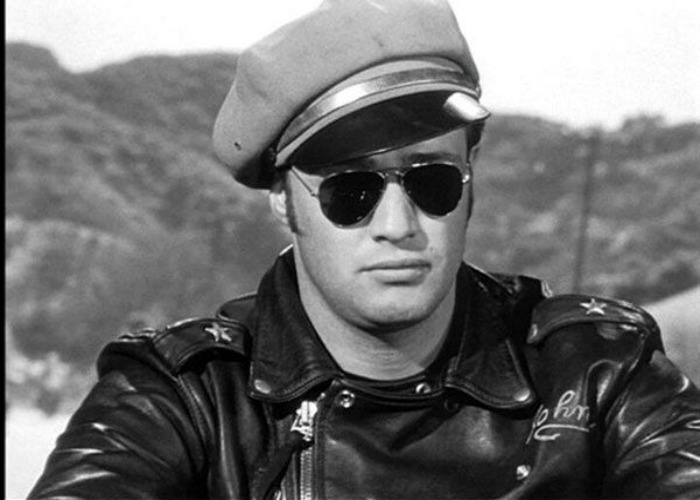
Does 20% time really work?
20% time is Google’s much-discussed scheme where employees are encouraged to spend 20% of their work time on their own projects. The idea is to free up employees to apply their creative talents however they want, in order to foster new ideas for the organization and personal fulfillment for the workers. IDEO has recently blogged on the same subject, talking about the side projects their people do in between client work - and there’s some fun stuff in there. It’s a nice idea, but there are a few snags with it.
Firstly, the blank slate nature of this approach may not be the best way of fostering creativity - as discussed in my previous post, some people are adaptors, who are happiest applying their talents to improving the status quo, while others are innovators, who enjoy coming up with new and random ideas. So if you are closer to the adaptor end of the scale, you may find the completely free nature of 20% time rather daunting.
There is also a wealth of academic literature on the subject of power and control in the workplace that suggests that these kinds of initiatives may look like they free up employees, but actually have the effect of intensifying management control and heightening exploitation. If you like reading academic papers, this one by Abe Walker is a good read on the subject.
Secondly, making creativity happen by scheduling time has been shown to not be as effective as task-based structures. So saying ‘You have one day a week to do something creative’ may not actually be terribly helpful. Sometimes it’s more productive to harness people’s efforts around a particular problem or challenge, while giving them absolute freedom to approach it however they want. As Marissa Mayer says in the Walker paper:
“People think of creativity as this sort of unbridled thing, but engineers thrive on constraints. They love to think their way out of that little box…”
So research carried out at Rice University shows that giving people the freedom to be creative around how they deliver a service results in employees thinking of ways to:
“delight customers in unusual ways or solve problems that existing protocol falls short of addressing”
Asking people to apply thought to a particular challenge, may run contrary to the idealized notion of ‘blue-sky thinking’ - but as Marissa Mayer points out, the constraints of the challenge are often what sparks enthusiasm. A challenge isn’t challenging without some constraints, and a useful solution always has to operate within certain limits, whether financial, practical, or technical.
Finally, Francesca Gino wrote a great piece in Harvard Business Review a little while ago about the importance of worker rebellion as a stimulus for innovation and creativity. But you can’t have rebellion without something to rebel against, so if you’re wondering why your people aren’t being creative, you might need to think about what the late great Marlon Brando said in The Wild One, when someone enquired what he was rebelling against: 'What have you got?'






